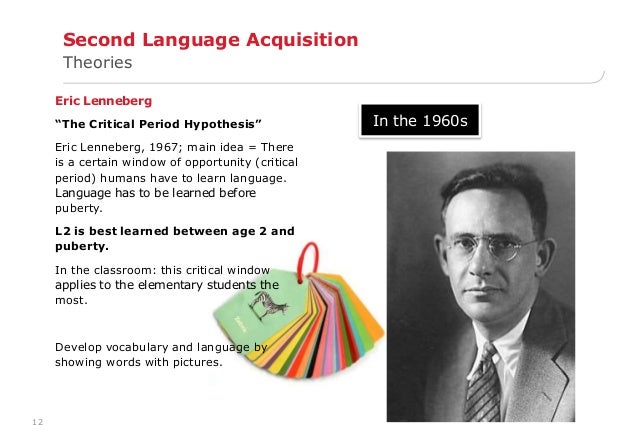Theory 1: B.M. KROLL 1981
4 stages in the development of writing.
Stage 1: PREPAROTARY STAGE
- Masters the basic motor skills needed to write
- Learns the basic principles of the spelling system.
Stage 2: CONSOLIDATION STAGE (age up to 6)
- Child writes in the same way it speaks.
- Uses short declarative sentences which include mainly ‘and’ conjunctions.
- Incomplete sentences as they don’t know how to finish the sentence off.
Stage 3: DIFFERENTIATION STAGE (age up to 9)
- Child becomes aware of the difference between speaking and writing.
- Recognises the different writing styles available e.g. letter, essay.
- Lots of mistakes.
- Use writing guides and frameworks to structure work.
- Write to reflect thoughts and feelings.
Stage 4: INTEGRATION STAGE (12+)
- Child develops a personal style.
- Child understands that you can change your style according to audience and purpose.
Theory 2: DOCTOR CATHY BARCLAY 1996
7 stages to a child's developing its writing skills.
Stage 1: SCRIBBLING STAGE
- Random marks on a page
- Writing and scribbles are accompanied by speaking
Stage 2: MOCK HANDWRITING STAGE
- Writing + drawings
- Produce wavy lines which is their understanding of lineation
- Cursive writing
Stage 3: MOCK LETTERS
- Letters are separate things.
Stage 4: CONVENTIONAL LETTERS
- Usually involves writing the name as the first word.
- Child usually puts letters on a page but is able to read it as words.
Stage 5: INVENTED SPELLING STAGE
- Child spells in the way they understand the word should be spelt- own way.
Stage 6: APPROPRIATE/ PHONETIC SPELLING STAGE
- Attach spelling with sounds.
Stage 7: CORRECT SPELLING STAGE
- Are able to spell most words.


